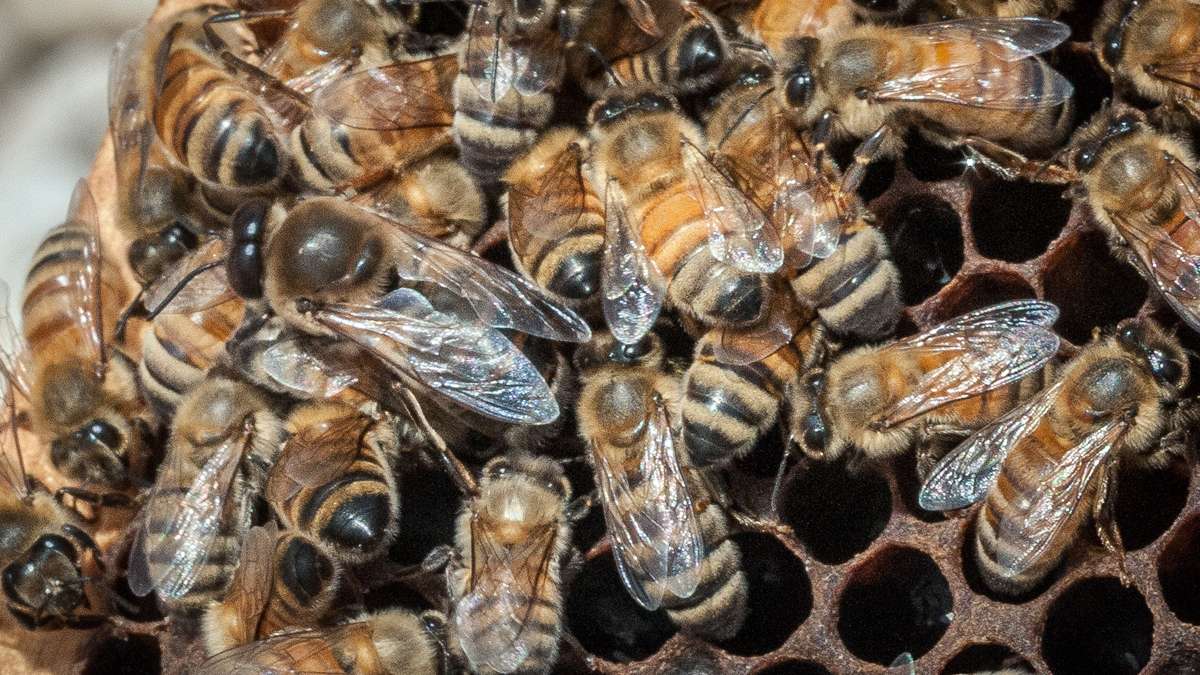Fighting pesticide drift, farmers in Delaware get tool to work together
The Delaware Department of Agriculture has a new tracking tool to stop pesticide drifts between the field of different farms. The tool, called DriftWatch, aims to keep Delaware’s 500,000 acres of crops safe — and even to prevent disputes between neighbors.
Drifting pesticides can cause costly problems, said Dan Shortridge, chief of community relations with the department.
“If there’s a small organic orchard next to a larger farm that applies synthetic pesticides, the drift may damage the orchard in some way. And those crops,” he said.
The Delaware Department of Agriculture investigates five to 10 cases of pesticide drift every year. Farmers found guilty receive fines up to $2,500, must pay damages to other farms, and may even lose their pesticide-spraying licenses.
Shortridge hopes that DriftWatch will prevent those outcomes in the first place.
“We’re hoping this tool will start a conversation among growers and applicators about these sensitive areas,” he said.
A kind of Google Maps for organic farms, beehives
DriftWatch lets small farmers share their location and crop types with users who might be spraying pesticides nearby.
“Once we register your site and we verify it, it shows up as a pin on a map of Delaware,” said Shortridge. “So when pesticide applicators prepare to spray, they can see what’s near the area that they’re working in.”
That way, sprayers know to avoid certain chemicals or times to spray when the weather might cause drift.
“I have never been sprayed, but I know people who have,” said Erik Thompson, a commercial pollinator. “You could actually lose some of your [bee] colonies.”
Thompson owns First State Apiaries, which pollinates about 1,500 acres of crops, primarily cucumbers, using around 500 bee hives. He was one of the first people to sign up for the new Web-mapping tool.
“To me, it was more important to find out what they were spraying, so that if I did have an accidental spraying, I could contact the person that did the spraying to find out if it’s detrimental or not,” said Thompson.
Opening lines of communication
Shortridge also touted the collaborative component of the tool.
“It’s really about two things, two benefits to the farmers and the applicators,” he said. “First, that there are no inadvertent problems with another farmer or beekeeper, and, second, to start a dialogue with the neighbor.”
So far, seven farms have registered on the Delaware site. In order for the right people — the pesticide sprayers -– to see the site requires outreach on the part of the Department of Agriculture.
“We require all pesticide products be registered with our department and we certify everyone who applies them. So we stay in touch with applicators and farmers so we’ve been reaching out to them about this new tool,” said Shortridge.
DriftWatch is free to farmers with at least half an acre of land; residential properties and home gardens are not eligible.
Ten states in the Midwest already use the tool, but Delaware is the first to adopt the system on the East Coast. Maryland and some other states have their own homegrown versions of the database.
WHYY is your source for fact-based, in-depth journalism and information. As a nonprofit organization, we rely on financial support from readers like you. Please give today.





